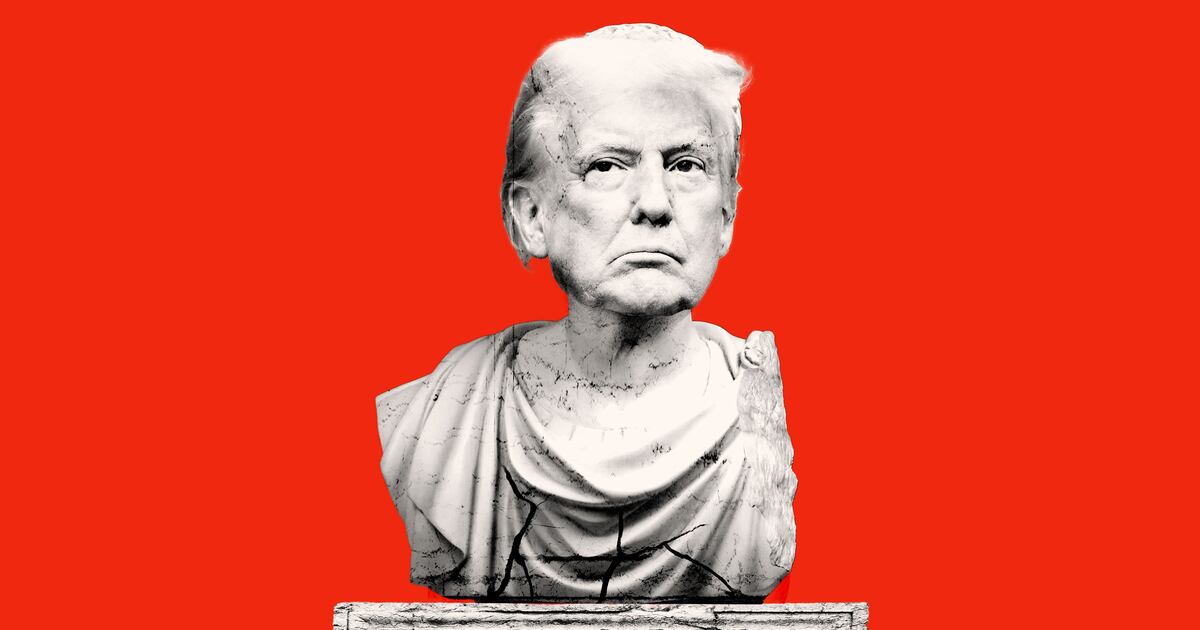Even as more details emerge about the Trayvon Martin shooting last month in Sanford, Fla., nothing will change the terrible fact that an unarmed African-American teenager was killed by George Zimmerman, a neighborhood-watch volunteer who is Hispanic. But as each day brings more questions than answers, as frustrating as that may be, it’s also a good thing. It underscores how complicated this case—this social convulsion—ultimately is.

This story, with its stench of racial bias, is not a matter of black versus white. It isn’t symbolized by nooses, clubs, or snarling dogs. It isn’t a modern-day Emmitt Till. Today the pain of racism flares up and then subsides; it throbs like a dull ache and often its source can be hard to locate. On good days, it even feels like it has gone away.
So it’s not really surprising that something as banal as a hoodie, which Martin was wearing when he was killed, has become symboli of Zimmerman’s presumed prejudice, ignorance, and animus. When Zimmerman described Martin as “suspicious” to a 911 operator, it begged the question: What, precisely, made him suspect? Since there was no indication from the call that Martin’s actions were untoward, logic turned to his mere presence. He was a black man in jeans and … a hoodie.
Such a stupid, innocuous garment.
It has never had the fear factor of black leather or steel-toe boots. Swaggering rappers and tough guys were never able to take full ownership of hoodies; they weren’t able to exploit them for their own purposes like baggy jeans or oversized white t-shirts. There was too much that was functional, cuddly, and universal about hoodies for them to be fully co-opted. Too broad a population embraced them. They remained rooted in weekend athleticism and collegiate sports, the Gap and Old Navy. Suburban dads wear them when they mow their lawn. Soccer moms wear them to soccer games. Channel surfers pull them on for pizza and beers.
Still, it makes a striking visual statement to see throngs of protesters dressed in hoodies. It is a stirring message when a minister--having exchanged his regal robes for a hoodie—preaches to congregants about humanity, love, and fellowship. And it was a bold statement for Rep. Bobby Rush to ignore a stern House dress code and wear a hoodie as he spoke against racial profiling in Congress. (The Illinois Democrat’s decision to accessorize with dark sunglasses, however, detracted from his point. At that point, he frankly did look rather cagey.)
Geraldo Rivera was lambasted for suggesting that a hoodie was as culpable in Martin’s death as the shooter. He later apologized for his remarks. But the fact is, we do like to play with our public image—pretending that it doesn’t matter and yet knowing full well that it does. Baggy jeans became popular among young men—whether honor-roll students or delinquents—thanks to all of their negative, subversive connotations. Walking up to the edge of propriety and stepping over the line are all a rite of passage to self-definition.
But if Zimmerman had any accomplice in the shooting, it wasn’t a fashion faux pas, it was fear. And that fear was fueled by ignorance, bravado, misinformation, history, and even popular culture. Fear can make most anything seem threatening: even a black kid walking along with a bottle of iced tea and a package of Skittles. Hoodie or not.
This country’s history of racism hovers like clouds in the sky--always with the potential to turn violent and stormy. And in so many quotidian ways we seed the clouds. Plenty of baby-faced young black men put on a protective front of bluster and a hard expression as a way of navigating the stresses of violent neighborhoods or disadvantaged lives. Some of them do it because popular culture has celebrated such posturing and has financially rewarded those who take part in it. But some people see aggression wherever there’s a black male face.
Young white men posture as well. They adopt the attire of rural hooligans, skinheads, and punks. They indulge in the clichés of obnoxious, overly-privileged frat boys. They take solace in the protective shells of stereotypes. And if a black man in a hoodie can give some white people pause, a white man with a shaved head, tattoos and a pickup truck bearing a Confederate flag bumper sticker makes some blacks just as nervous.
The difference, of course, is history. There is no legacy of racism and systemic dehumanization that holds white men hostage to their body language, their patois, and their wardrobes. There is no tradition of corrupt institutional fear among police officers and sheriffs whose prejudices feed the communities that turn to them for protection.
When President Obama discussed the Martin case, the words that resonated were the ones that were most personal and that referenced race without naming it: “If I had a son, he’d look like Trayvon.” The sentence seemed real and true, as if the country was privy to part of an intimate conversation that, perhaps, he’d had with his wife or one of his chums from Chicago.
In that single sentence, Obama spoke of race and the way in which nothing protects a black man from racial profiling. The son of a president, of a constitutional law professor, of a Harvard graduate, of a millionaire, of a biracial man, could look like Martin.
Wealth can take away a host of the stresses with which so many black men have to contend. With enough money, a black man can hire a chauffeur and remove himself from the fraught act of flagging down a cab on a dark, rainy night--or a bright, sunny afternoon, for that matter. With enough fame, a black man can gain something akin to near-universal recognition. With any luck, he won’t be mistaken for the valet or the waiter. With enough education, a black man can make intellectual peace with racism. He can understand its history and parse the politics. And as a biracial man, he can bear witness to another aspect of the debate.
But fundamental to Obama’s observation is the fact that no matter the advantages, black is black. And so, the fear—the sense of “otherness”—lingers.
As the story of Martin’s death has grown from one family’s personal sorrow into a national movement of moral outrage, the 17-year-old victim’s life story was being written as hagiography rather than biography. And so, while it is understandable that his parents would not want details of his school suspensions broadcast and used by some to suggest that perhaps Martin in some way caused his tragic fate, it is nonetheless good to slow the rush to beatify him. The flaws that have been described don’t make him culpable; they simply remind folks that he is human.
And it is good that there have been some rumblings from Zimmerman, through Joe Oliver. The rush to demonize the 28-year-old man serves no purpose. This isn’t the story of an angel struck down by a devil—although it must certainly feel that way to Martin’s parents.
This is a story of fear. Zimmerman, stoked by this country’s racist history and the prejudices of contemporary popular culture, was anxious about an unknown black teenager in a hoodie. Martin--burdened by the complexities of being a black man, aware of racial profiling, perhaps exasperated by it--was unnerved being followed by a white guy.
The media has dug up unflattering photographs that many argue are intended to malign Martin, until recently seen only as an apple-cheeked athlete, and paint him as a bad seed—a classic case of blame the victim. And it has begun using a smiling image of Zimmerman, instead of the now-familiar dour, scruffy-faced mug shot. Fear prevents us from accepting the possibility that all those pictures might be accurate —different facets of complex human beings.
Martin lost his life. Zimmerman took it. A million men and women dressed in hoodies might show solidarity. Fire-and-brimstone activists might provide catharsis. And an arrest might bring justice. But will any of it eradicate the fear?






